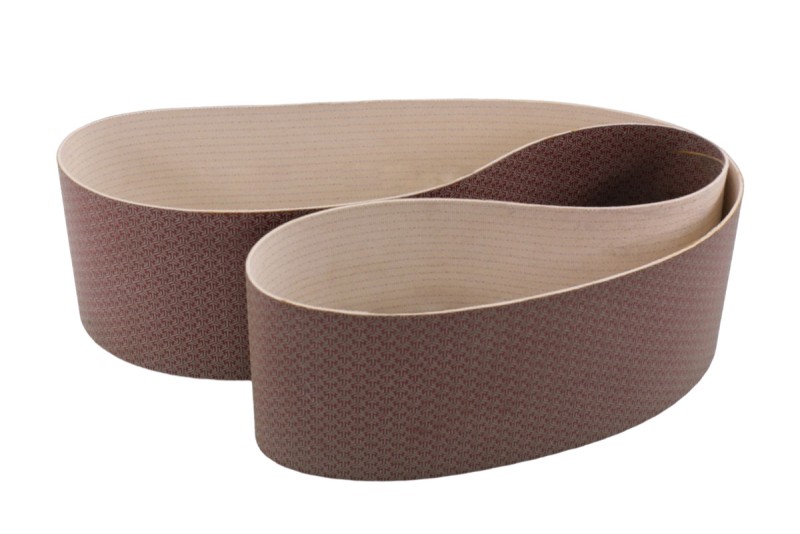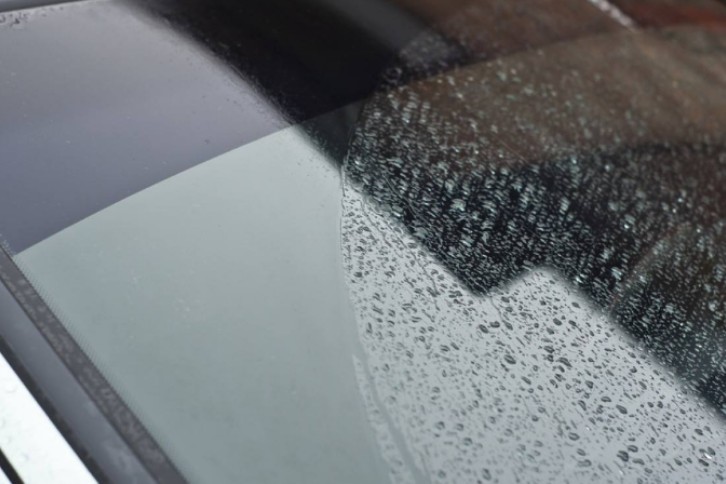In the automotive industry, the precision and quality of glass components are crucial for safety and aesthetics. Glass edge grinding is an essential process in automotive glass production, and there are two main methods: belt edge grinding and wheel edge grinding. Among them, belt edge grinding is popular due to its many advantages, especially when using diamond belts.
Challenges of Silicon Carbide Abrasive Belts
Silicon carbide abrasive belts are widely used in glass processing, but they also have some disadvantages:
Short service life: Frequent replacements result in increased operating costs and downtime.
Low processing efficiency: The short life of SiC ribbons will disrupt production schedules and lead to inefficiencies.
Poor surface finish: Silicon carbide tape may not provide the same level of finish quality as diamond tape, which can affect the overall appearance and performance of the glass.
The Evolution of Diamond Abrasive Belt Technology
Diamond abrasive belt technology has come a long way over the past few decades. These belts have become increasingly effective at grinding difficult materials, offering unique advantages over traditional options.
Modernization of diamond belts has resulted in:
Enhanced performance: Improved bonding technology and diamond distribution allow the belt to maintain its cutting efficiency over a longer period of time.
Environmental benefits: Diamond belts last longer, helping to reduce waste and lower environmental impact, in line with the industry’s push for more sustainable practices.
Energy efficiency: The efficiency of diamond belts can reduce energy consumption during the grinding process, further enhancing their appeal as an environmentally friendly choice.
Advantages of Diamond Abrasive Belts
1. Low equipment requirements:
Diamond abrasive belts are compatible with a wide range of grinding machines, so they can be used by many manufacturers. Unlike traditional grinding wheels, which may require a more complex setup, abrasive belts can be used with simpler machines, reducing initial investment costs.
2. Minimal damage to glass:
One of the significant advantages of using diamond abrasive belts is their ability to grind glass edges with minimal damage. The flexibility of the belts allows them to conform to the glass surface, reducing the risk of chipping or cracking. This is particularly important in automotive applications, where the integrity of the glass is critical to safety.
3. Special-shaped glass processing:
Diamond belts excel at machining shaped glass, which is often required in automotive applications. The flexibility of diamond belts enables them to effectively sand curved or irregular edges, making them ideal for custom glass shapes common in modern automotive designs.
4. High grinding efficiency:
Diamond abrasives have superior cutting capabilities compared to traditional silicon carbide abrasives. This reduces grinding time and increases productivity, allowing manufacturers to meet tight production schedules without compromising quality.
5. Consistent finish:
Using diamond abrasive belts ensures a consistent finish on the glass edges. This consistency is critical for both aesthetics and functional performance, as it helps prevent issues such as water leaks or wind noise in automotive applications.
Precautions for Using Diamond Abrasive Belt
While diamond belts offer many advantages, there are some considerations to keep in mind:
1. Service life:
One of the challenges with diamond belts is their lifespan. While diamond belts are more durable than traditional silicon carbide belts, they still wear out relatively quickly, especially when used on harder glass materials. Regular monitoring and timely replacement are essential to maintain optimal performance.
2. Fees:
Diamond belts are generally more expensive than silicon carbide belts. However, in the long run, the increased efficiency and reduced damage to the glass can offset these costs. Manufacturers should evaluate their production needs and consider the total cost of ownership when selecting an abrasive belt.
3. Cooling and lubrication:
To maximize the performance and life of diamond abrasive belts, proper cooling and lubrication are essential. Using water or a specialized grinding fluid can help dissipate the heat generated during the grinding process, reducing belt wear and improving the quality of the finished edge.
4. Training and expertise:
Effective use of diamond abrasive belts requires skilled operators who understand the nuances of the abrasive process. Training personnel in the correct techniques and best practices can significantly improve the quality of the finished product and extend the life of the abrasive belt.
In Conclusion
Diamond abrasive belts represent a significant advancement in automotive glass edge grinding technology. They provide longer life, reduce damage to the glass, and improve overall processing efficiency, making them an indispensable tool in the automotive industry. While the initial investment may be higher, the long-term cost savings and performance advantages make diamond belts a good choice for manufacturers looking to improve their production processes. As the technology continues to develop, diamond belts will undoubtedly play a key role in the future of glass processing, providing energy-saving, environmentally friendly and efficient solutions.
Post time: Apr-03-2025


